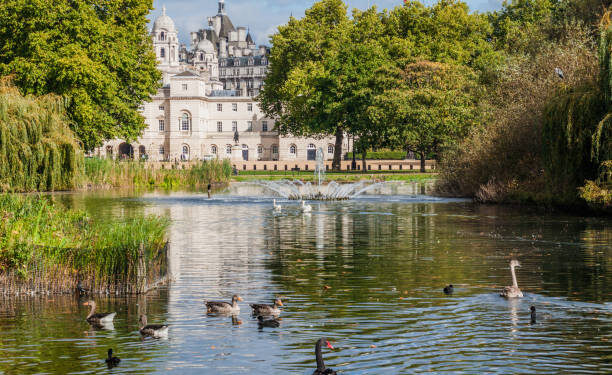UK names St James’s Park as site for Queen Elizabeth national memorial
Following the passing of Queen Elizabeth II on September 8, 2022, there has been a significant public and governmental response regarding how to honor her legacy. The UK government and various organizations have discussed potential sites for a national memorial that would serve as a tribute to her life and reign.
As a result, St James’s Park has been officially designated as the site for this national memorial. This decision reflects both the historical significance of the park and its proximity to key landmarks associated with the monarchy, including Buckingham Palace and Westminster Abbey. The park is one of London’s oldest royal parks, established in the early 17th century, and has long been associated with royal events and ceremonies.
READ ALSO: New report claims Ajuri Ngelale was sacked after collision with Tinubu’s other media aides
The design of the memorial is expected to be carefully considered, taking into account not only aesthetic elements but also accessibility for visitors. There may be an emphasis on incorporating natural elements that reflect the beauty of St James’s Park itself, potentially using materials that resonate with British heritage. The design process will likely involve consultations with architects, landscape designers, and possibly public input to ensure that it resonates with a wide audience.
Funding
Funding for the memorial will likely come from a combination of government resources and private donations. A timeline for construction has not yet been finalized; however, it is anticipated that once funding is secured and designs are approved, construction could begin within a few years. The aim would be to create a space where people can gather to remember Queen Elizabeth II’s contributions to the nation.
The announcement regarding St James’s Park as the chosen site has generally been met with positive feedback from both the public and officials who see it as an appropriate location for such an important tribute. It symbolizes continuity in British history while providing a serene environment for reflection.





























